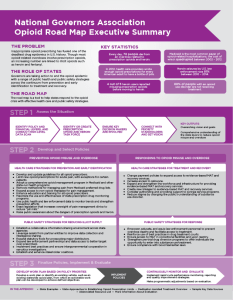In addition to issues with general usability, errors in web site code can cause (big) problems on a website. When designing and developing a website, it is important that the design, code, and overall structure follow certain “best practices” guidelines to ensure that the largest number of people will be able to successfully view and use the site.
The World Wide Web Consortium (W3C) offers best practice guidelines to help ensure that a website is structured for use and durability. W3C Validation is a service that checks the validity of the markup (the code) of web pages in HTML, XHTML, SMIL, etc. to ensure that web pages adhere to best practice standards.
There are many reasons why web site owners should ensure that their web pages are W3C compliant:
- a validated website will be better able to be viewed from different devices and browsers
- a validated website will be more easily accessed by people with disabilities
- a validated website will have better user experience & have less errors
- a validated website will use more efficient code and (should) be easier to maintain and edit
- a validated website will be crawled by search engine spiders more easily and quickly
Error free website code will be more likely to render properly across a broad range of browsers and systems and should remain compatible with future browser versions and updates. For that reason alone, W3C Validation is often well worth the time to implement.




















